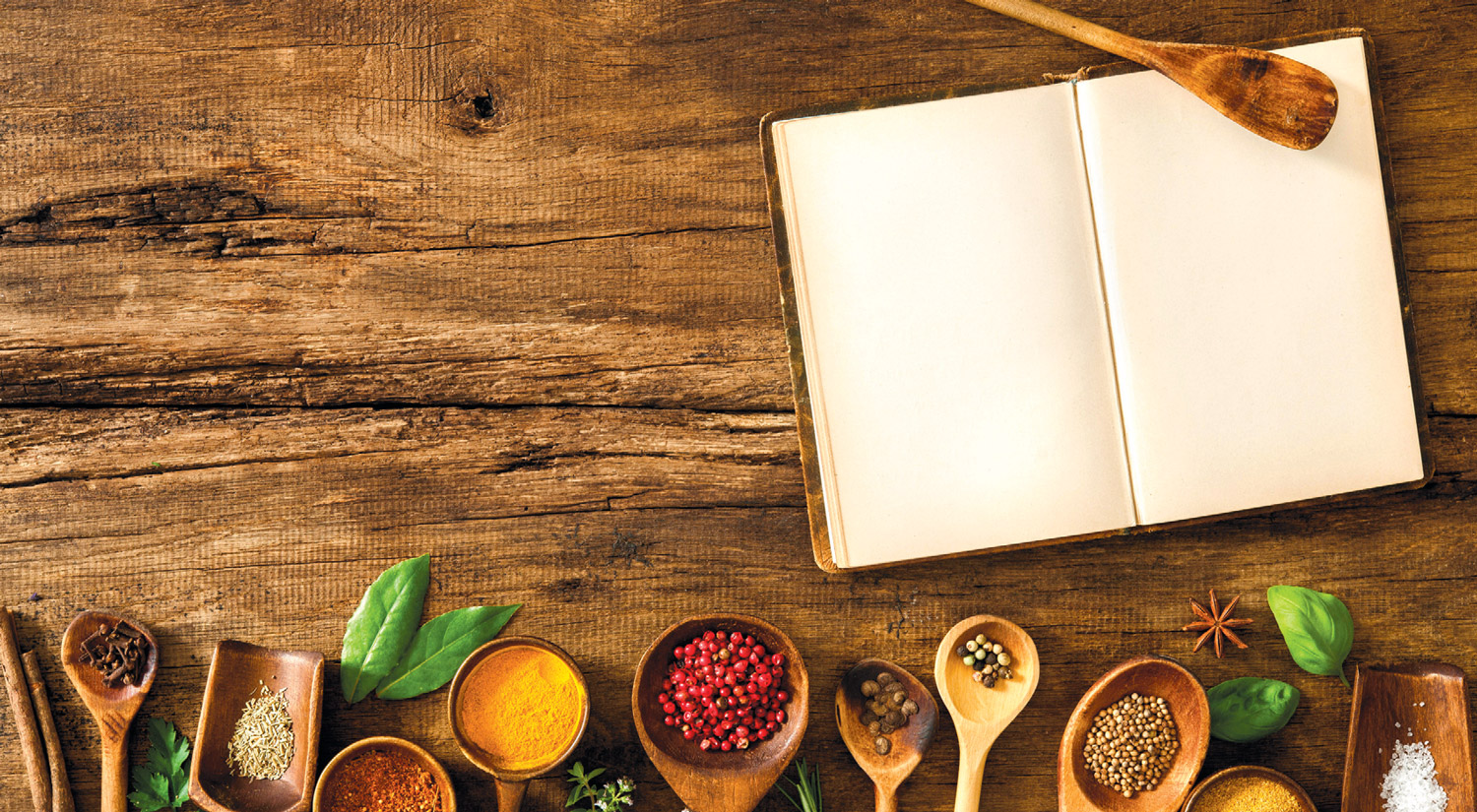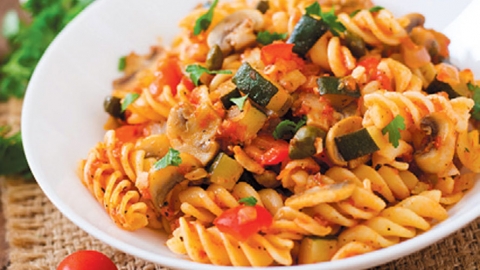Step Away From the Recipe: Try Your Hand at Intuitive Cooking
My grandmother was the kind of cook who prepared food without recipes and mostly by intuition. She owned neither measuring spoons nor cups and yet she baked and cooked some of the most incredibly involved dishes. When asked how to make something, her response was always, “Shit-arein” (which is Yiddish for “throw a little of this and a little of that in”).
I often stood on a kitchen chair at the stove watching her throw a little of this and a little of that in the pot. No measuring. No written recipes. Her cooking was by taste, feel, smell and look. She would look into the pot of chicken soup. Was the color right? Did it smell like chicken soup? Was it salty enough? Sweet enough?
When I married 50 years ago, armed with what I learned at my grandmother’s side as well as what I gleaned from watching Julia Child on TV, I went into the kitchen with little fear even though I had never really cooked a meal on my own in my life. I had no intention of attempting coq au vin immediately but I did want to roast a chicken. Wedding gifts included measuring spoons and cups and one delightful cookbook called McCall’s Cookbook, published in 1963, which I still have with all its food-stained pages. It was the perfect beginner’s cookbook. Easy, straightforward recipes for everyday foods. I started on page one and worked my way through it, measuring and following the directions to the letter.
Fast-forward 50 years. I now own probably close to 1,000 cookbooks (maybe more?). Whereas I might have followed a McCall’s recipe to the letter in the early years, cooking with the book open on the counter as I measured and weighed out each ingredient, I now rarely open a cookbook when I’m about to make dinner. Cookbooks are like novels to me now: I read them for pleasure. They give me ideas. But I almost never use the recipes.
I still cook dinner every night (except for Saturday and Sunday and, oh, occasionally Friday). I shop on Saturday and Sunday, buying what looks good and not thinking at all about what goes together or planning a meal. When it comes time to prepare dinner, I open the fridge, stand in front of it (yes, with the door open) thinking. Then I start taking out this and that. I’ve been doing this long enough that I know what goes together. I know how much of this and that I might need for two people. And I’ve read enough recipes in my life that I can pretty much duplicate a dish without actually having to look it up. In a pinch, there’s always Google!
OK. I did go to cooking school in France. I did work in a professional kitchen for a while. So maybe I have a tiny bit more experience than most people. But in my old age I have become impatient. Measuring out one teaspoon of cumin or one cup of mayonnaise actually annoys me. For sure, I use recipes when I bake. Baking is a science and unless you know the science of how much leavening to use per cup of flour, you’re going to bake stones, so I don’t take chances when I bake.
What if you’re new to cooking? Or you just don’t have time to leisurely make a shopping list of all the ingredients for that coq au vin and then carefully weigh and measure each ingredient (there are more than 14 ingredients in that recipe). What if you like home-cooked food rather than takeout or frozen dinners but thumbing through recipes to find just the right one doesn’t interest you? Take heart. You, too, can learn to be an intuitive cook just like my grandmother.







